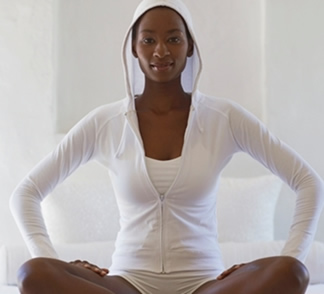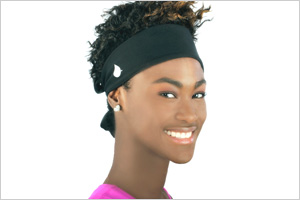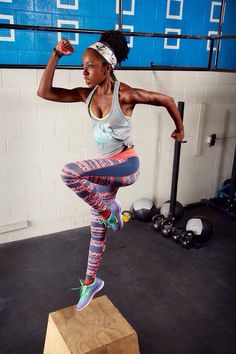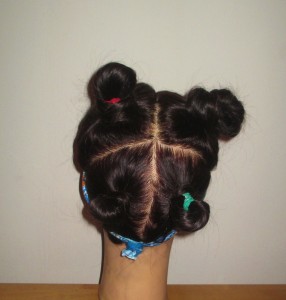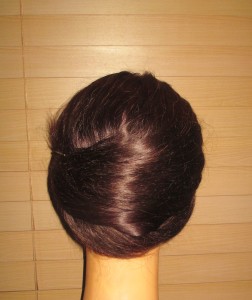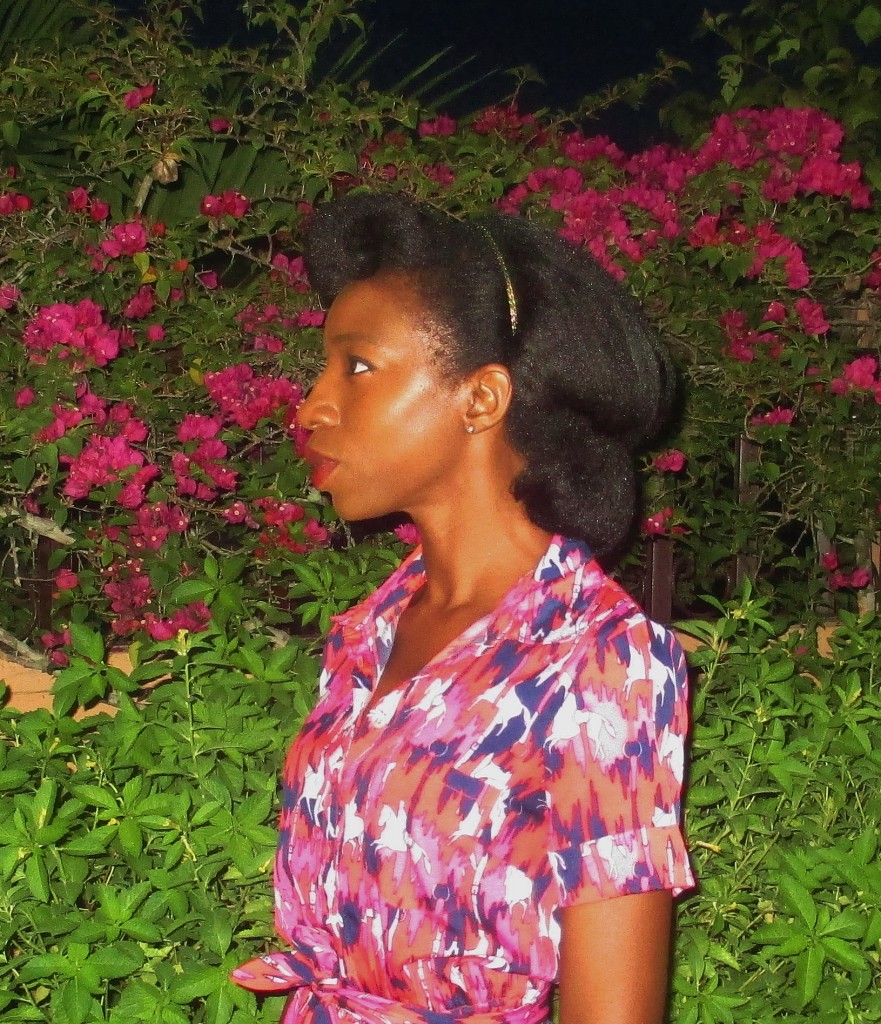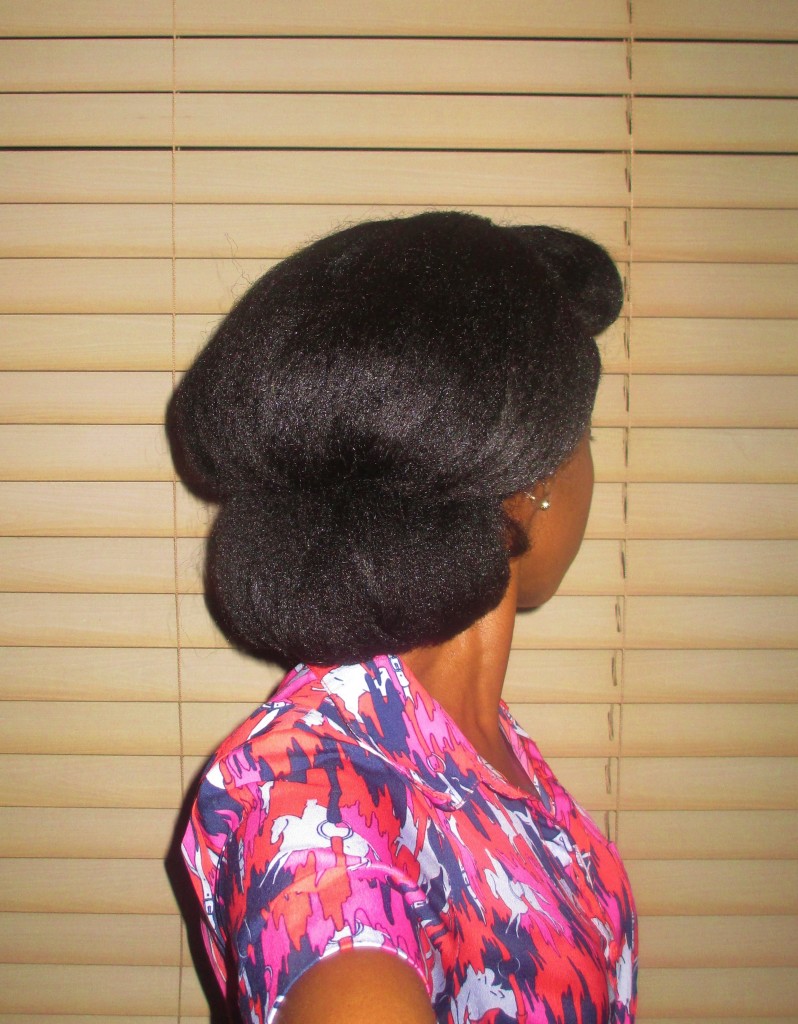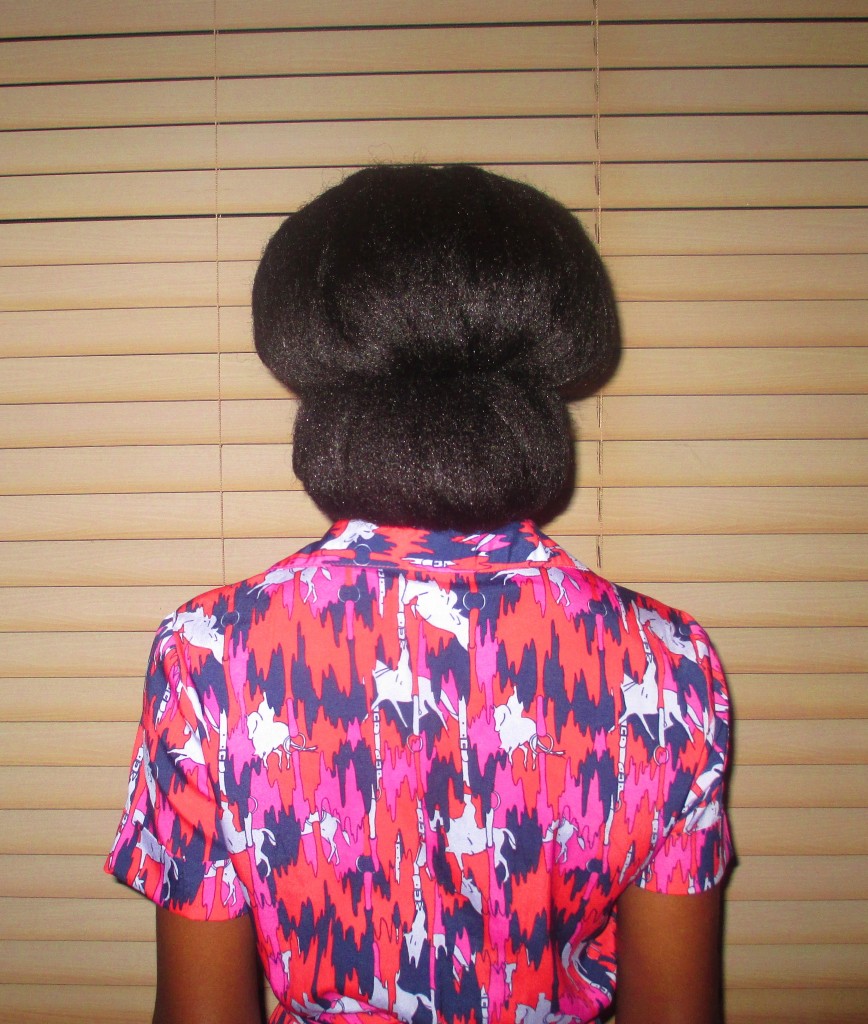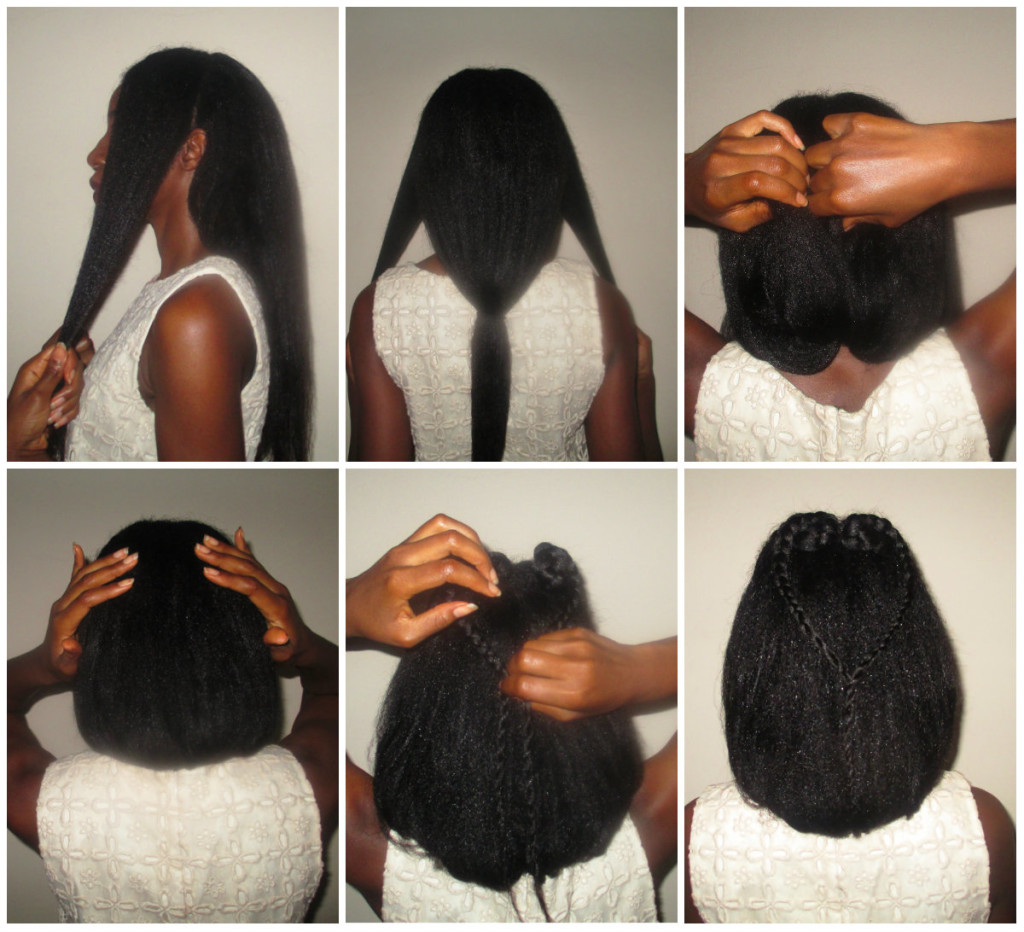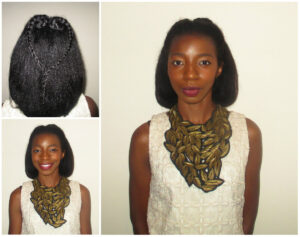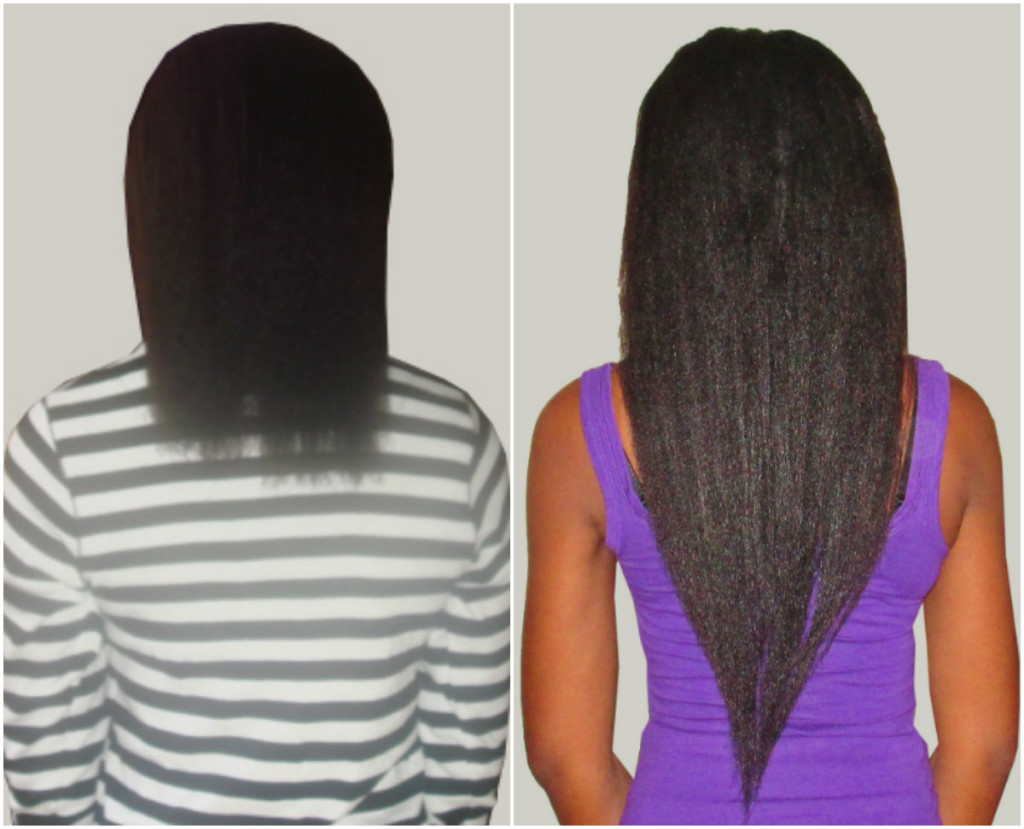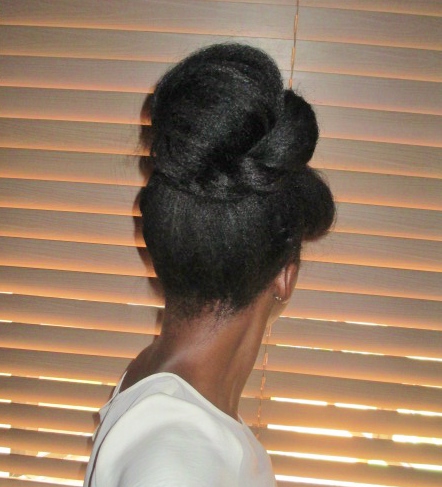Health comes before hair…..any day. Our health should never be compromised because of the fear of ruining our hair style. I have come across research about many black women being gym phobic because of their hair. Regular exercise is a very important part of having a healthy life style and actually helps with hair growth as I have discussed in a previous post. With a few simple steps, it isn’t too challenging to combine an active life style with good hair care.
On a practical front, the reality is not everyone can wash their hair every time they work out. However leaving sweat residue in our hair can lead to dryness and breakage.
So what’s a girl suppose to do?
In this post I will share some hair care and hair style maintenance tips for natural and relaxed ladies who exercise regularly. Part 2 of this series will be dedicated to hair care when exercising with hair extensions.
This post is very long and it may be best to read the section that applies to your hair type.
Pre and Post Exercise Tips for Short Natural Hair
OPTION 1
PRE- EXERCISE
If you have a TWA (teeny weeny afro/ small afro) keep your edges flatted or tied down using an exercise sweat band or a cotton head tie. It is okay to use cotton because it is better at absorbing sweat/moisture than a satin head tie. Tying down your edges will keep your edges smooth prevent it poofing up too much as you work out
Optional: a few drops of oil (eg coconut or olive oil) can be rubbed on your palms and applied to your edges. This is because oils are anti-humectants. It will keep the moisture already in your hair locked in and will help keep sweat locked out. (ie, it will reduce the extent to which sweat is absorbed into your hair).
POST EXERCISE
Your hair might have gotten a little damp as a result of the work out. Let your hair air dry before removing the band. It is okay to replace it with a clean, dry, sweat free band. Allowing your hair dry in this confined way will help keep your edges smooth.
Moisturise and seal you hair to combat the effects of sweat residue left in your hair. You don’t have to wash your hair the same day but ensure you wash/co-wash/cleanse and deep condition your hair at least once a week to remove the sweat residue from your hair and scalp.
OPTION 2
PRE EXERCISE
If you have a TWA and co-wash your hair several times a week, you can apply your co-wash conditioner to your hair, cover with a conditioning cap followed by a scarf and proceed to your work out.
POST EXERCISE
After your work out, simply co-wash your hair and complete your normal co-wash routine ( eg, co-wash, apply leave ins, detangle, etc)
Pre and Post Exercise Tips for Long Natural hair
OPTION 1
PRE EXERCISE
Pull your hair into a bun or if you have some time to spare before your work out, moisturise and seal your hair and put it in a few large box braids or twists (this will help to keep your hair stretched as you work out).
Keep your edges flatted or tied down using an exercise sweat band or a cotton head tie. It is okay to use cotton because it is better at absorbing sweat/moisture than a satin head tie. Tying down your edges will keep your edges smooth and prevent it from poofing up too much as you work out
Optional: a few drops of oil (eg coconut or olive oil) can be rubbed on your palms and applied to your edges. This is because oils are anti-humectants. It will keep the moisture already in your hair locked in and will help keep sweat locked out. (ie, it will reduce the extent to which sweat is absorbed into your hair).
POST EXERCISE
Your hair might have gotten a little damp as a result of the work out. Let your hair air dry before removing the band. It is okay to replace it with a clean, dry, sweat free band. Allowing your hair dry in this confined way will help keep your edges smooth.
If you wore your hair in a bun, moisturise and seal your hair to combat the effects of sweat residue left in your hair. If you put your hair in large twists or box braids, when your hair dry, undo the twists/braids and re-style your hair.
If your work out was in the evening, you can simply cover your hair with a satin scarf before bed and undo the braids and twists the next morning. Do not sleep with the cotton head tie on.
You don’t have to wash your hair the same day but ensure you wash/co-wash/cleanse and deep condition your hair at least once a week to remove the sweat residue.
OPTION 2
PRE EXERCISE
If you hair is in an up-do style that you don’t want to mess with, simply tie an exercise head wrap or cotton scarf over it firmly. Tying the scarf firmly will help to keep the style in place whilst you work out. A light oil spray can be sprayed over the style especially at your edges to prevent the cotton absorbing moisture from your hair and to help keep sweat locked out.
POST EXERCISE
After exercising, simply remove the scarf and neaten and fluff out your style and proceed with your weekly regimen. You don’t have to wash your hair the same day but ensure you wash/co-wash/cleanse and deep condition your hair at least once a week to remove the sweat residue from your hair and scalp.
Pre and Post Exercise Tips for Relaxed and Texlaxed Hair
PRE WORK OUT
Option 1 Bun or Mini Buns
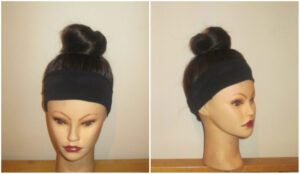
Put your hair in a bun. If your hair is not long enough to be pulled into one bun you can put it in 4 mini buns (the mini buns will actually help the roots of your hair to dry quicker post work out because of the exposure to air)
DO NOT make the bun or mini buns too tight. You need to be able to move your head freely and be comfortable during your work out
Option 2 Wrap or Cross Wrap
If you are wearing your hair down and don’t want to create bends in your hair you can either wrap your hair or cross wrap it.
Option 3 Pin Curls
If your hair is in a roller set or curly style, you can create a few pin curls to help preserve the curls. Ensure any or pins used are comfortably placed
All the above confined styles will help to keep your hair controlled and will prevent it from frizzing out as a result of contact with sweat whilst exercising.When you have completed option 1, 2 or 3, keep your edges flattened or tied down using an exercise sweat band or a cotton head tie. It is okay to use cotton because it is better at absorbing sweat/moisture than a satin head tie.
Tying down your edges will also keep your edges smooth as you work out
A few drops of oil (e.g. coconut or olive oil) can be rubbed on your palms and applied to your edges. This is because oils are anti-humectants. It will keep the moisture already in your hair locked in and will help keep sweat locked out. (i.e., it will reduce the extent to which sweat is absorbed into your hair).
Option 4
If you hair is in an up-do style that you don’t want to mess with, simply tie an exercise head wrap or cotton scarf over it firmly. Tying the scarf firmly will help to keep the style in place whilst you work out. A light oil spray can be sprayed over the style especially at your edges to prevent the cotton absorbing moisture from your hair and to help keep sweat locked out.
POST WORK OUT
After showering, you can let remove the gym wrap head band or cotton scarf. Your roots might be a little damp from your work out, let your hair air dry or if blow dry your roots using the cool air setting.
Moisturise and seal you hair to combat the effects of sweat residue left in your hair. You don’t have to wash your hair the same day but ensure you wash/co-wash/cleanse and deep condition your hair at least once a week to remove the sweat residue from your hair and scalp.
Additional Tips For Natural, Texlaxed and Relaxed Hair
- Try to work out in a cool environment with air conditioning or with a fan to reduce the amount of sweating that occurs
- Schedule your exercise sessions strategically For example if you wash your hair on weekends, start your week with your non cardio exercises like yoga, Pilates, or abdominal workout. These are “low sweat” exercises. You can then complete high intensity cardio (high sweat) exercises towards the end of the week or on your wash. This way you have sweat residue in your hair for a shorter period.
- If you are exercising on your wash or salon day, you can detangle and apply oils/conditioner or whatever you use to pre-poo to your hair and cover with a shower cap and scarf whilst you work out. The body heat generated will be help the pre-poo treatment penetrate your hair better.
- Remember you can tweak any of the advice above to make it more suitable for your hair and your lifestyle.
I sure this post will be of use to many of you fitness fanatics who practically live in the gym or people like me who work out 2 or 3 times a week trying to stay fit.
How many times a week do you work out and how do you combine your fitness journey with your hair journey? Do you use any of the methods discussed above? As always we can all learn from each other.
The next post will be the part two of the hair care and exercise series and will focus on exercising whilst wearing a wig, weaves and braids.
I hope you’ll be back soon.
X
Lade
Learn | Change | Grow

